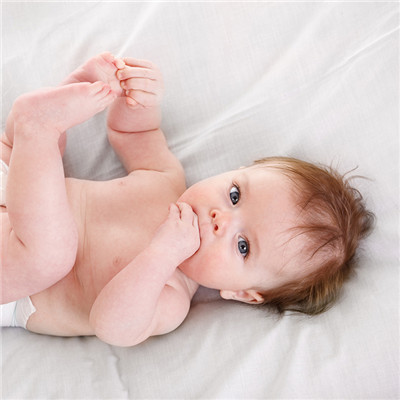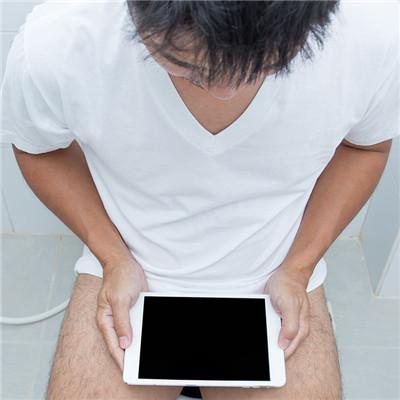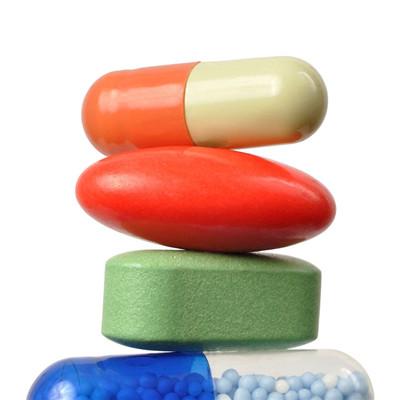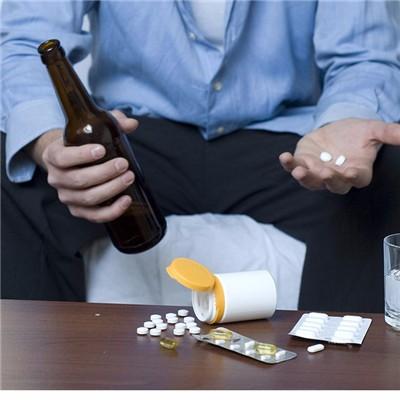How to nurse after tracheotomy
summary
Recently, a colleague of mine always coughs and has a fever. At the beginning, he thought his body was inflamed. Later, he found that it was not this time, because his chest was always in pain, so he went to the hospital immediately to have an examination. The doctor said that he needed to have a tracheotomy. Today, I'd like to talk about nursing after tracheotomy.
How to nurse after tracheotomy
First, the patients were placed in a quiet, clean and fresh room with room temperature at 21 ℃ and humidity at 60%. The trachea cuff was covered with 2-4 layers of warm and wet gauze. The room was often watered, or humidifier was used to disinfect the indoor air with ultraviolet rays. At the beginning of the operation, patients usually take lateral position to facilitate the discharge of endotracheal secretions. However, it is necessary to rotate the body position frequently to prevent bedsore and prevent the respiratory movement of various parts of the lung from stagnation.
Second: prepare all first aid drugs and articles, and some articles should be placed at the head of the bed. The same number of tracheal cannula, tracheal dilator, surgical scissors, hemostatic forceps, dressing changing appliances and dressings, normal saline and saturated sodium bicarbonate solution, urethral catheterization bag, aspirator, oxidation tube, ventilator, flashlight, etc. should be prepared and properly stored in case of urgent need.
Third: beware of obstruction caused by endotracheal tube: the first cause of obstruction is the slippage and blockage of the air bag, and the second is the obstruction caused by secretion sticking into scabs. In case of sudden dyspnea, cyanosis, and restlessness of the patient, the cuff and air bag should be taken out for examination immediately. In order to prevent the slippage of the air bag, the air bag should be tied firmly, the thread should be led out of the tracheotomy wound, and often involved to check whether it is firm, and scab should be removed in time. In addition, when the catheter is replaced for cleaning and disinfection, the cotton ball sliver is prevented from being left in the catheter.
matters needing attention
In fact, after tracheotomy, some patients will cough and spit very difficult phenomenon. Therefore, as the patient's family members, should be timely for the patient suction sputum, only in this way can ensure that patients breathe smoothly.









